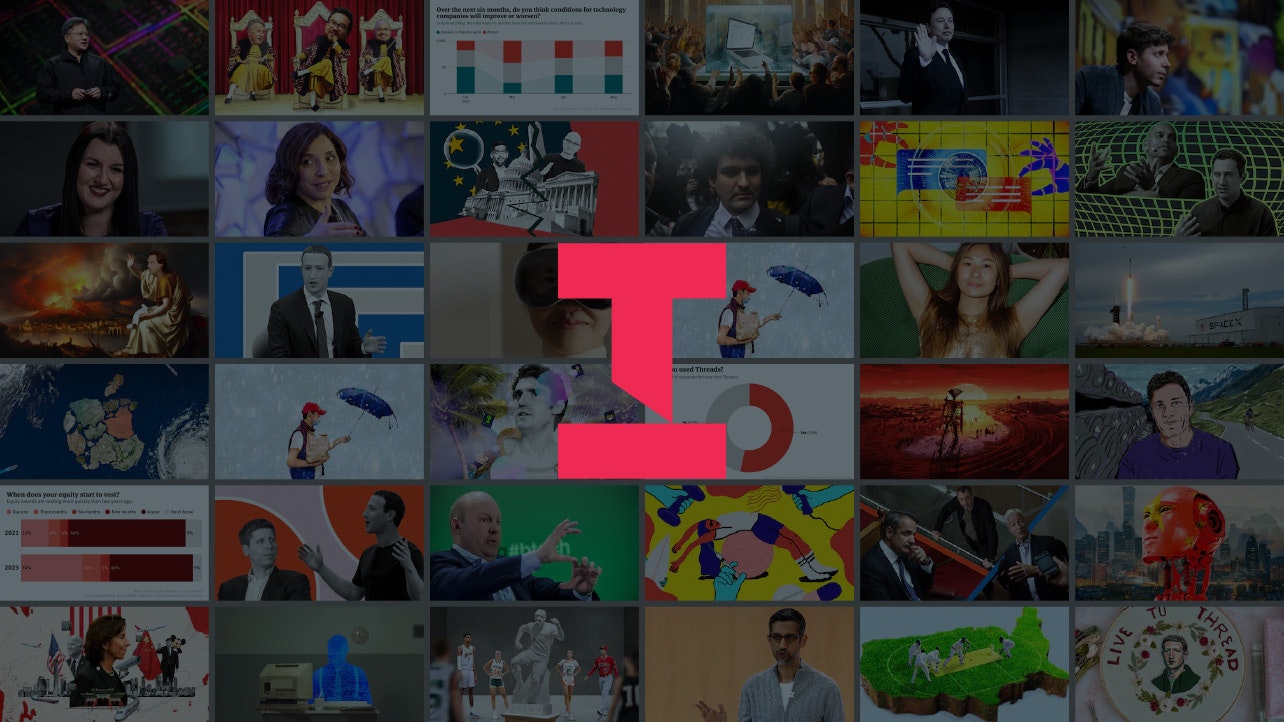Summary:
Firing a customer can liberate resources and sharpen your startup's direction.
Not all customers are beneficial; some may drain resources and divert focus.
Dropbox and HubSpot improved their growth by narrowing their customer profiles.
Identifying your ideal customer profile helps in deciding which customers to fire.
Firing customers is about reclaiming focus and aligning with your strategic goals.
Firing a customer may sound counterintuitive, especially for startups eager for revenue. However, understanding who your customers are — and who they aren't — is a vital skill for founders. Sometimes, you must fire a customer to ensure your startup thrives.
The Hidden Costs of Bad Customers
When your company is young and resources are limited, every customer seems valuable. Founders often pursue any paying client, hoping to drive quick revenue. Yet, as your business matures, you realize that not all customers are beneficial. Some clients can drain resources, requiring disproportionate attention and special treatment, which diverts your team's focus from strategic goals.
Recognizing and addressing these problematic relationships early can be pivotal. Firing a misaligned customer can liberate resources and sharpen your company's direction.
Understanding Your Ideal Customer
Customer feedback is crucial for product development, especially in tech. However, not all feedback is helpful. Misguided feedback from the wrong customers can dilute focus and drain resources.
Take Dropbox as an example. Initially, they tried to appeal to everyone needing storage. As they scaled, they focused on their core market: consumers needing simple, reliable cloud storage, effectively firing less compatible enterprise customers. This shift allowed Dropbox to cater to a broader audience and become a dominant player in the market.
Similarly, HubSpot recognized that some customers required excessive resources and diverted their product roadmap. By narrowing their customer profile, they improved service quality and sustained growth.
When and How to Fire a Customer
To decide when to fire a customer, identify your ideal customer profile. Customers that misalign with your strategic vision or generate minimal profit often do more harm than good. While it may seem like revenue is revenue, toxic revenue can monopolize your team's time and lead your product astray.
Firing a customer is about reclaiming focus. For instance, Evernote tried to cater to power users, which confused their core base and led to costly missteps. By refocusing on their primary audience, they could have avoided these pitfalls.
When you fire a customer, honesty and clarity are crucial. Explain why their needs no longer align with your company's direction and suggest alternative solutions. Customers respect transparency, even in difficult conversations.
Looking Forward
As a founder, your goal is not just to gain customers but to gain the right customers. Firing those who no longer fit reinforces your company's clarity and sharpens your product focus. Remember, knowing who your customers aren't is just as valuable as knowing who they are. By learning from companies like Dropbox, HubSpot, and Evernote, startups can navigate the delicate process of customer alignment. Firing a customer might feel uncomfortable, but it could be exactly what your startup needs to thrive.









Comments